Table of Contents
Vegetables vocabulary includes the names of different vegetables we use in daily life. Learning these words helps us talk about food, cooking, and nutrition. Common vegetables include carrot, tomato, broccoli, and potato.
Understanding vegetable vocabulary is important for better communication in English, especially when shopping or preparing meals.
There are different types of vegetables in English.
- Leafy Green Vegetables
- Cruciferous Vegetables
- Root Vegetables
- Allium Vegetables
- Fruiting Vegetables
- Gourds and Squashes
- Leguminous Vegetables
- Starchy Vegetables
- Other Vegetables
Types of vegetables
1. Leafy Green Vegetables
- Spinach
- Kale
- Lettuce
- Swiss Chard
- Collard Greens
- Mustard Greens
- Arugula
2. Cruciferous Vegetables
- Broccoli
- Cauliflower
- Cabbage
- Brussels Sprouts
- Bok Choy
- Kohlrabi
3. Root Vegetables
- Carrot
- Beetroot
- Radish
- Turnip
- Sweet Potato
- Parsnip
- Rutabaga
4. Allium Vegetables
- Onion
- Garlic
- Leek
- Shallot
- Chives
- Spring Onion
5. Fruiting Vegetables
- Tomato
- Bell Pepper
- Cucumber
- Eggplant (Aubergine)
- Zucchini
- Chili Pepper
6. Gourds and Squashes
- Pumpkin
- Butternut Squash
- Acorn Squash
- Bitter Gourd
- Bottle Gourd
- Spaghetti Squash
7. Leguminous Vegetables
- Green Beans
- Snow Peas
- Sugar Snap Peas
- Edamame (Young Soybeans)
8. Starchy Vegetables
- Potato
- Corn
- Cassava
- Yam
- Taro
9. Other Vegetables
- Okra
- Artichoke
- Asparagus
- Celery
- Mushrooms (fungi, often grouped with vegetables)
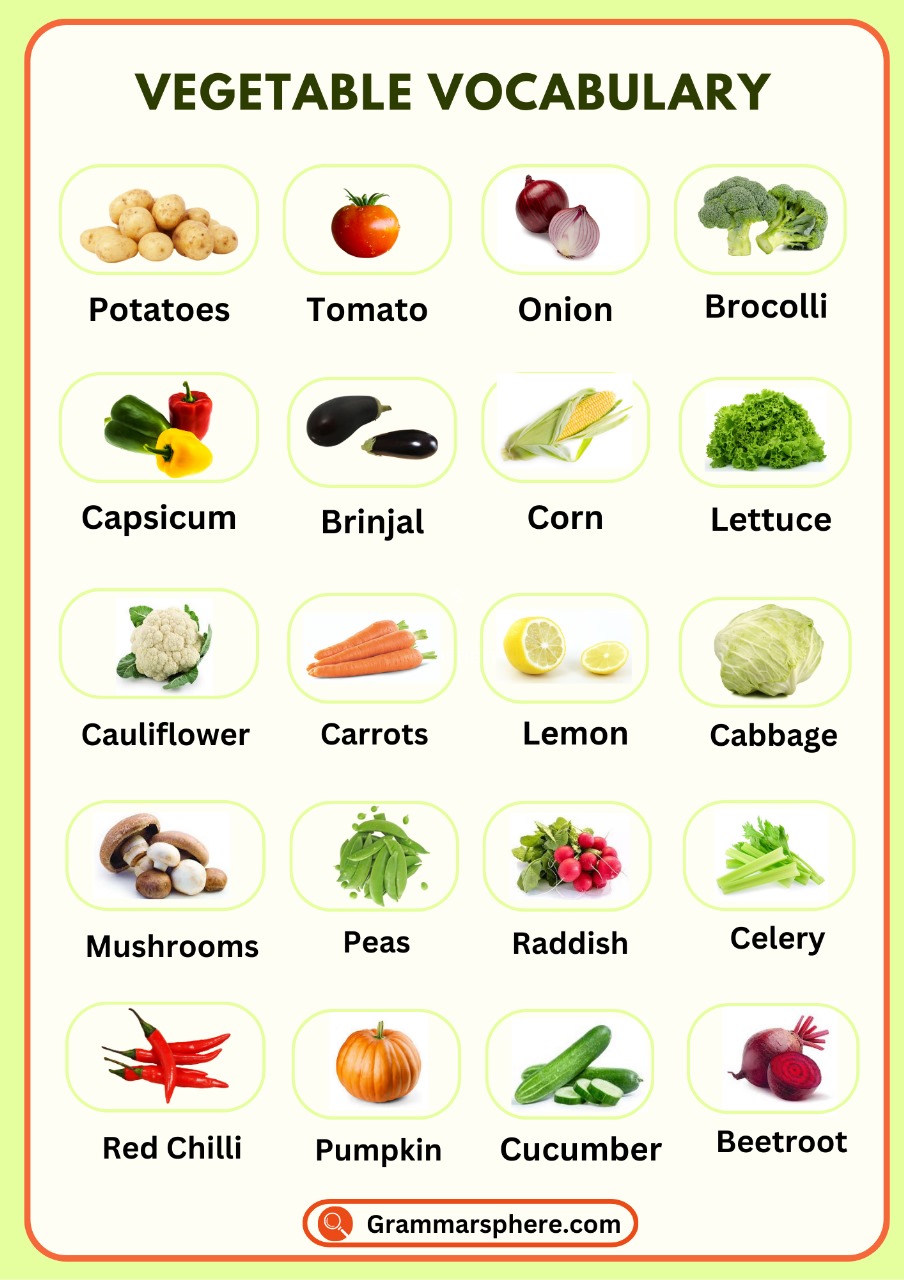
List of Vegetables
- Tomato
- Potato
- Carrot
- Onion
- Spinach
- Broccoli
- Cauliflower
- Cucumber
- Eggplant (Brinjal)
- Capsicum (Bell Pepper)
- Peas
- Lettuce
- Zucchini
- Pumpkin
- Radish
- Beetroot
- Sweet Corn
- Green Beans
- Cabbage
- Bitter Gourd
- Okra (Lady’s Finger)
- Turnip
- Celery
- Kale
- Swiss Chard
- Leek
- Asparagus
- Artichoke
- Mushrooms
- Garlic
- Ginger
- Fenugreek Leaves (Methi)
- Drumstick (Moringa)
- Fennel
- Spring Onion (Scallion)
- Sweet Potato
- Taro Root (Arbi)
- Yam
- Parsnip
- Kohlrabi (Knol-Khol)
- Bok Choy
- Brussels Sprouts
- Mustard Greens
- Watercress
- Arugula (Rocket)
- Endive
- Purslane
- Chayote (Squash)
- Ridge Gourd
- Snake Gourd
- Ivy Gourd
- Cluster Beans
Popular Vegetables and Their Descriptions
1. Tomato
A versatile fruit often used as a vegetable, tomatoes are juicy, red, and rich in vitamins A and C. They add tanginess to salads, curries, and sauces.
2. Potato
A starchy root vegetable with a neutral taste, potatoes are commonly boiled, fried, or mashed. They are a staple in many cuisines worldwide.
3. Carrot
A crunchy, orange root vegetable high in beta-carotene, which promotes good vision. Often eaten raw, cooked, or as part of desserts like carrot cake.
4. Onion
A pungent bulb vegetable used as a base ingredient in cooking. Its sharp flavor mellows when sautéed or caramelized.
5. Spinach
A leafy green vegetable rich in iron and vitamins. It’s eaten raw in salads or cooked in dishes like soups and curries.
6. Broccoli
A green, tree-like vegetable from the cabbage family, broccoli is high in fiber and antioxidants. It is often steamed or stir-fried.
7. Cauliflower
A white, compact cousin of broccoli, cauliflower is mild in flavor and can be roasted, mashed, or used as a rice substitute.
8. Cucumber
A refreshing, green-skinned vegetable with high water content. Commonly eaten raw in salads or pickled.
9. Eggplant (Brinjal)
A glossy, purple vegetable with a soft interior, often used in curries, stir-fries, or roasted dishes.
10. Capsicum (Bell Pepper)
A colorful vegetable available in green, red, yellow, or orange varieties. It is crunchy, mildly sweet, and commonly used in salads, pizzas, and stir-fries.
11. Peas
Small, green, spherical seeds found in pods, peas are sweet and used in soups, curries, and rice dishes.
12. Lettuce
A leafy vegetable with a mild flavor, often used as a base for salads or in sandwiches.
13. Zucchini
A soft, green summer squash with a mild flavor, zucchini is versatile and can be grilled, baked, or added to soups.
14. Pumpkin
A large, orange squash with sweet, dense flesh, commonly used in soups, pies, and savory dishes.
15. Radish
A crisp, root vegetable with a peppery flavor. Radishes are often eaten raw in salads or pickled.
16. Beetroot
A deep red root vegetable with an earthy sweetness, often used in salads, soups, or juices.
17. Sweet Corn
Golden yellow kernels from a cob, sweet corn is a starchy vegetable often boiled, grilled, or added to dishes.
18. Green Beans
Slim, elongated pods eaten whole or sliced. They are crisp and mildly sweet, ideal for steaming or stir-frying.
19. Cabbage
A dense, leafy vegetable with a mild flavor. It is used in salads, stir-fries, or fermented as sauerkraut.
20. Bitter Gourd
A unique vegetable with a wrinkled surface and a sharp bitter taste, it is often cooked in curries or stir-fries.
English Phrases About Vegetables
1. Cool as a cucumber
Meaning: Calm and composed, even in stressful situations.
Example: Despite the chaos, she remained as cool as a cucumber.
2. Spill the beans
Meaning: Reveal a secret or important information.
Example: He accidentally spilled the beans about the surprise party.
3.Full of beans
Meaning: Energetic and lively.
Example: The kids were full of beans after eating all that candy.
4. Small potatoes
Meaning: Something insignificant or unimportant.
Example: Compared to their other projects, this deal is small potatoes.
5. Carrot and stick approach
Meaning: A method involving both rewards and punishments to achieve a goal.
Example: The teacher used a carrot and stick approach to motivate her students.
6. In a pickle
Meaning: In a difficult or problematic situation.
Example: He found himself in a pickle when he forgot his wallet at home.
7. Two peas in a pod
Meaning: Two people who are very similar or extremely close.
Example: The twins are like two peas in a pod—they even finish each other’s sentences!
8. As red as a beet
Meaning: Extremely flushed or embarrassed.
Example: She turned as red as a beet when she tripped in front of the crowd.
9. You can’t have your cake and eat it too
Meaning: You can’t enjoy two contradictory benefits at the same time.
Example: He wanted to save money but also travel extensively—you can’t have your cake and eat it too.
10. Lettuce turnip the beet
Meaning: A playful pun often used to encourage enthusiasm or excitement.
Example: “Lettuce turnip the beet and make this party unforgettable!
Benefits of Vegetables
Tomato
- Rich in vitamin C and antioxidants, tomatoes promote healthy skin, boost immunity, and protect against heart disease.
2. Spinach
- High in iron, calcium, and vitamins, spinach strengthens bones, supports eye health, and boosts energy levels.
3. Carrot
- Packed with beta-carotene, carrots enhance vision, improve skin health, and boost the immune system.
4. Broccoli
- A powerhouse of vitamins, fiber, and antioxidants, broccoli supports digestion, strengthens immunity, and reduces cancer risks.
5. Potato
- Rich in carbohydrates and potassium, potatoes provide energy, maintain electrolyte balance, and support heart health.
6. Cucumber
- High in water content, cucumbers hydrate the body, improve skin texture, and support digestion.
7. Capsicum (Bell Pepper)
- Loaded with vitamin C and antioxidants, bell peppers enhance immunity, improve skin health, and reduce inflammation.
8. Cauliflower
- Contains fiber and B-vitamins that aid digestion, support brain health, and reduce inflammation.
9. Eggplant (Brinjal)
- Rich in antioxidants and fiber, eggplant supports heart health, reduces cholesterol, and improves digestion.
10. Zucchini
- Low in calories but high in nutrients, zucchini aids weight management, promotes digestion, and boosts energy.
11. Peas
- A good source of protein and fiber, peas promote muscle growth, improve digestion, and support heart health.
12. Beetroot
- High in nitrates, beetroot improves blood circulation, boosts stamina, and promotes liver detoxification.
13. Sweet Corn
- Rich in carbohydrates and fiber, sweet corn provides energy, supports digestion, and improves eye health.
14. Bitter Gourd
- Known for its medicinal properties, bitter gourd lowers blood sugar levels, boosts immunity, and supports liver health.
15. Lettuce
- Low in calories but rich in vitamins, lettuce aids weight loss, improves digestion, and supports hydration.
FAQS about Vegetables
What is the vocabulary of vegetables?
The vocabulary of vegetables refers to the names, types, and terms related to vegetables, such as their varieties (e.g., leafy greens, root vegetables), parts (e.g., stem, leaf, root), and culinary uses.
What are some words to describe vegetables?
Fresh, crunchy, leafy, colorful, juicy, starchy, fibrous, and nutritious.
What is a vegetable?
A vegetable is an edible part of a plant, such as leaves, stems, roots, or flowers, that is used in cooking or eaten raw.
What are the 20 vegetable names in English?
Tomato, Potato, Carrot, Onion, Spinach, Broccoli, Cauliflower, Cucumber, Eggplant, Capsicum, Peas, Lettuce, Zucchini, Pumpkin, Radish, Beetroot, Sweet Corn, Green Beans, Cabbage, Bitter Gourd.
You May Also Like

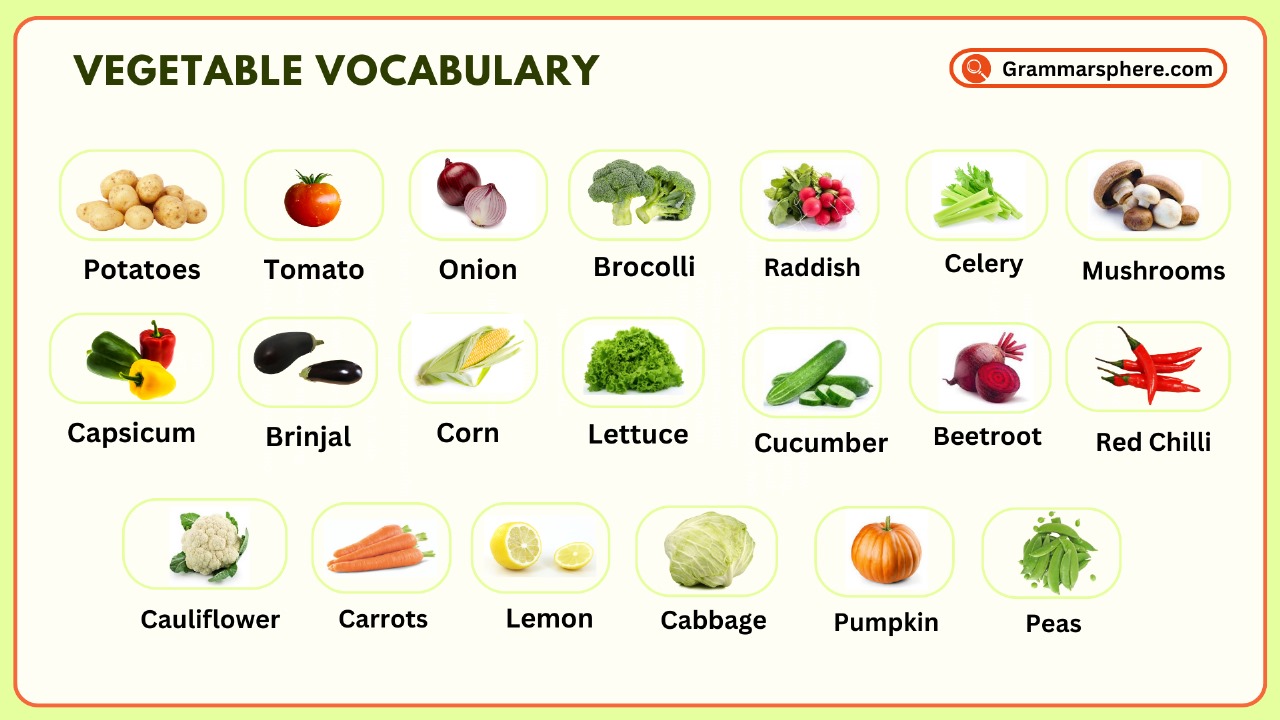

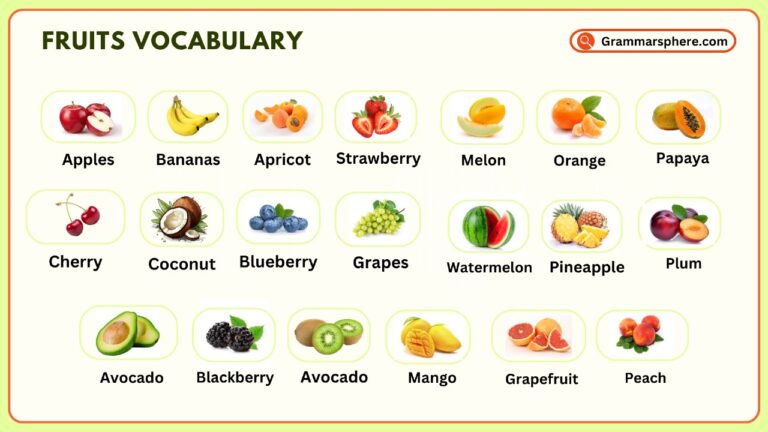
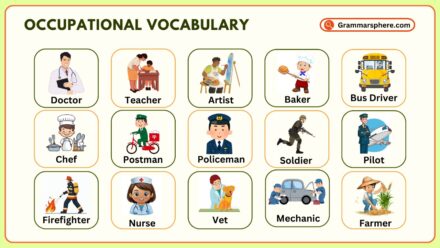
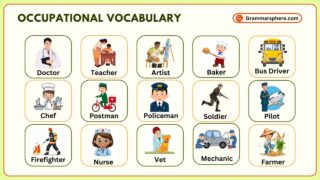
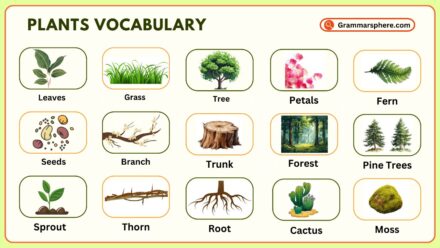
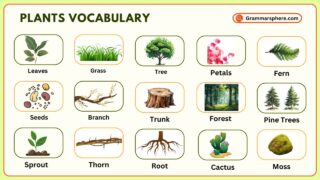
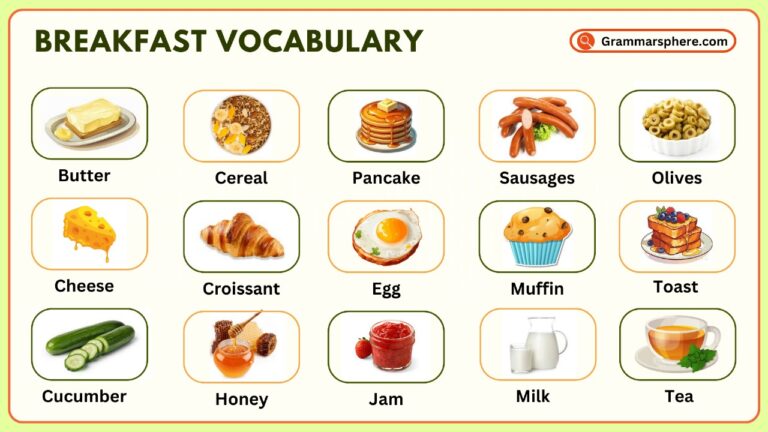
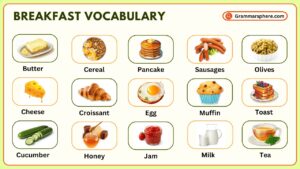
Leave a Comment